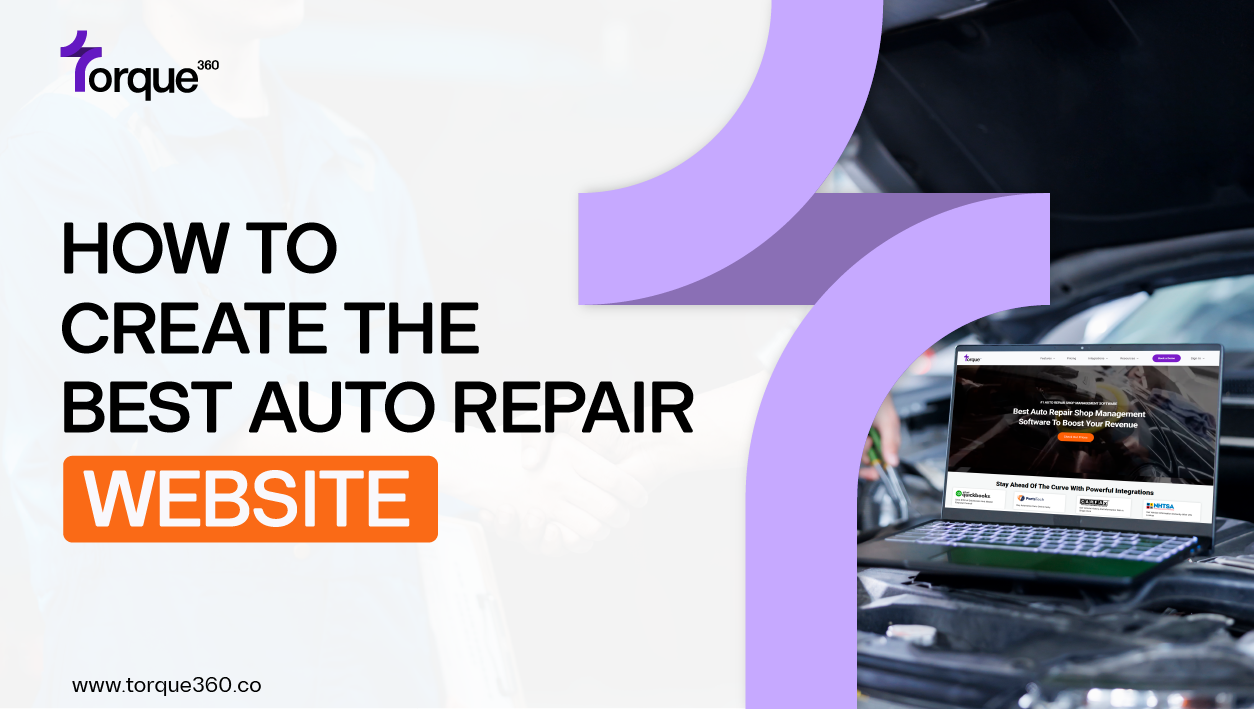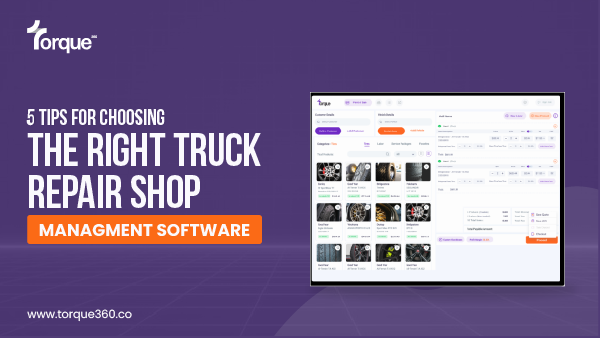Creating an outstanding auto repair website involves a combination of effective design, user-friendly features, and strategic content. In this guide, we’ll walk through the key elements you need to consider to ensure your auto repair website not only attracts visitors but also converts them into loyal customers.
1. User-Centric Design
To create the best automotive repair website, you should focus on user-friendly design first. This implies that the site must be easy to navigate, visually attractive, and accessible. The best approach would be to kick off the design process with a clean layout that directs users easily across all pages. Employ intuitive menus, clear headers, and a coherent color palette that resonates with your market niche.
2. Mobile Responsiveness
With a significant number of users accessing websites via smartphones and tablets. This can ensure that your website is mobile-responsive.
A design that changes in line with the size of the screen on your device and gives you the best viewing experience- this is a ‘responsive design’. This way, it not only makes user experience more enjoyable but also increases your chances of being ranked highly by search engines.
4. Search Engine Optimization (SEO)
SEO is vital for increasing your website’s visibility on search engines like Google.
You should always initiate your content creation process by first undertaking keyword research. It is meant to identify the terms pursued by web users who could be your potential clients. Hence, you need to ensure that the keywords should be included in content naturally.
5. Content Strategy
Content is king.
A good content strategy will make your auto repair website different. Concentrate on the development of material that responds to the interests of your customers.
For example, blog about topics like “How to Maintain Your Car Between Services” or “Top Signs Your Car Needs Immediate Repair”.
High-quality and also informative content helps establish you as an authority in the auto repair industry.
6. Visual and Interactive Elements
Incorporate visual and interactive elements to engage visitors.
Show your services and facilities using detailed pictures and videos. For example, a price calculator or diagnostics tools are interactive elements that can add value.
7. Security and Trust Signals
Ensure your website is secure by using HTTPS and displaying trust signals.
This includes:
- SSL certificates
- privacy policies
- terms of service
Security features protect your visitors’ data and increase their confidence in your business.
8. Regular Updates and Maintenance
Finally, keep your website up-to-date with the regular maintenance.
This includes updating content, fixing broken links, and also ensuring all the features are functioning correctly. An updated website not only provides a better user experience but also the signals to search engines that your site is active and also relevant.




